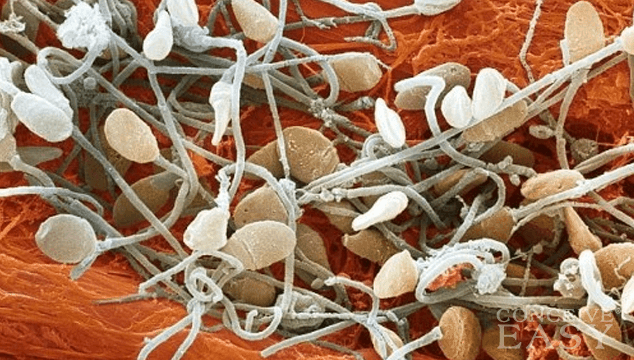Aside from scientists, who are interested in sperm morphology from a researcher’s point of view, there are also those who encounter difficulties in conceiving who start asking all sorts of questions about the matter. Claim Your 20 Free Pregnancy Tests – Click Here
So, what should the concern be, or better yet, should you have any concerns regarding the issue? Usually, the first response you get from a doctor when it comes to why parenthood has not happened to you yet is ‘abnormal morphology of sperm’.

One aspect is that, before panicking about the subject, you need to have tests that reveal other parameters, such as volume, count – meaning the number of sperm per cc, sperm vitality, motility – meaning the percentage of sperm in motion. And, in addition to these, the morphology part comes up – meaning the percentage of sperm that is shaped normally.
So, don’t accept an ‘abnormal’ diagnosis until you have considered all the possible internal and external factors. Among the latter you can look into: stress, bad diet, air in the area that you live (meaning degree of pollution, heat, humidity), other diseases that might interfere with the capability to procreate and so on. Think the matter through holistically.

The second aspect to consider is the meaning attributed to the right shape of sperm. Why is this important? Because, let’s face the facts, there is no precise information on what a normal sperm should look like! As shocking as this may sound, it is a reality. Initially, the normal percentage of normal sperm was 30%, but with time and research it turns out to be a lot less.
The average is now set at 14%, but reality shows that actually most men only reach 5% of what is considered ‘normal.’ Also, another piece of information that is not known yet is whether the abnormal sperm has the ability to fertilize an egg, therefore the above mentioned percentage is possible to be irrelevant.

The third aspect concerning the subject is mostly scientific – the reasons for which tests of morphology are made on sperm. The most common motivation is to investigate a couple’s infertility. But this is not the only one. There can also be: to verify the success of a vasectomy procedure, to test human sperm donors, to study animal breeding, etc.
So, if you’re thinking of parenthood and have some problems in conceiving, do take into account sperm morphology, but don’t limit to this aspect only.










Comments